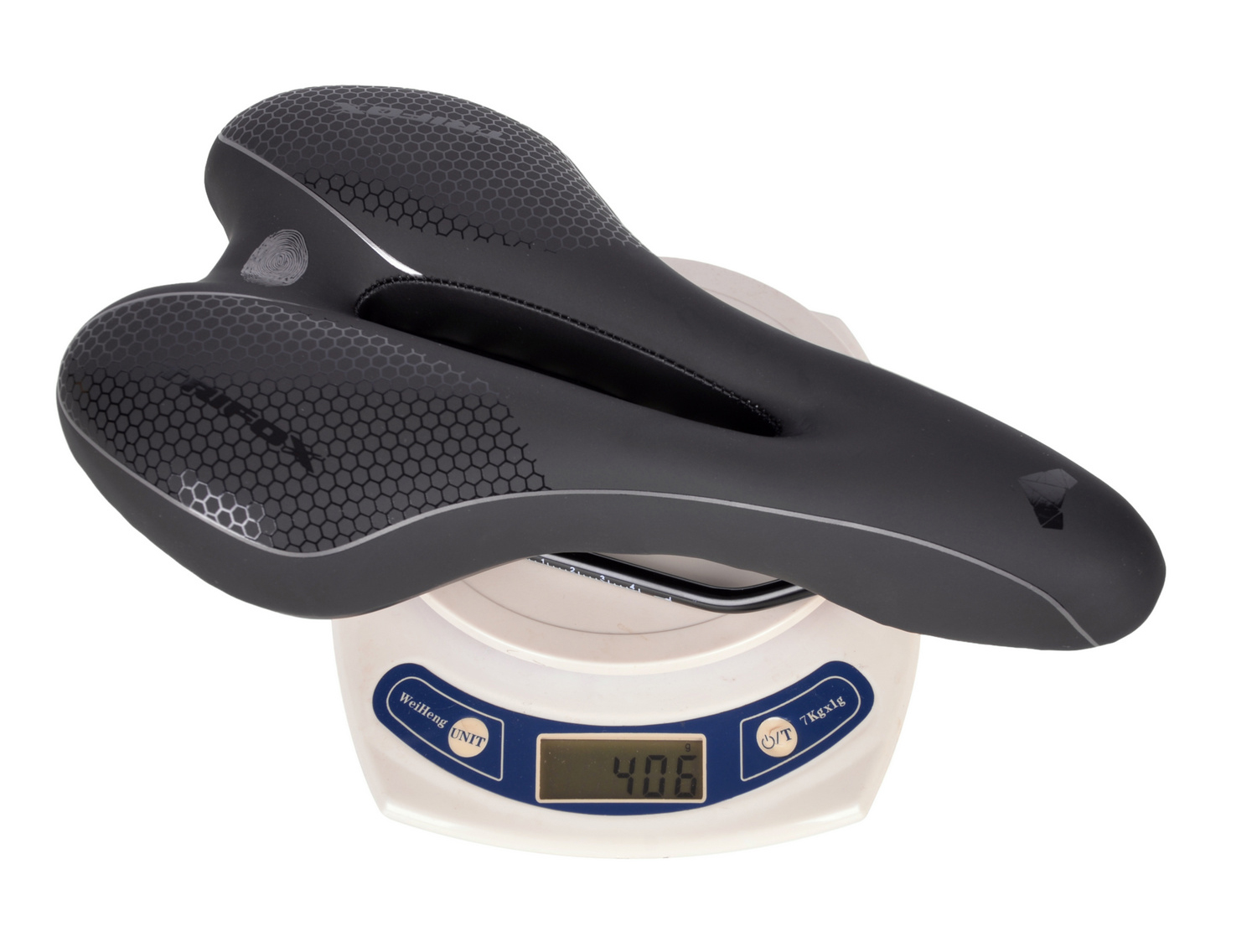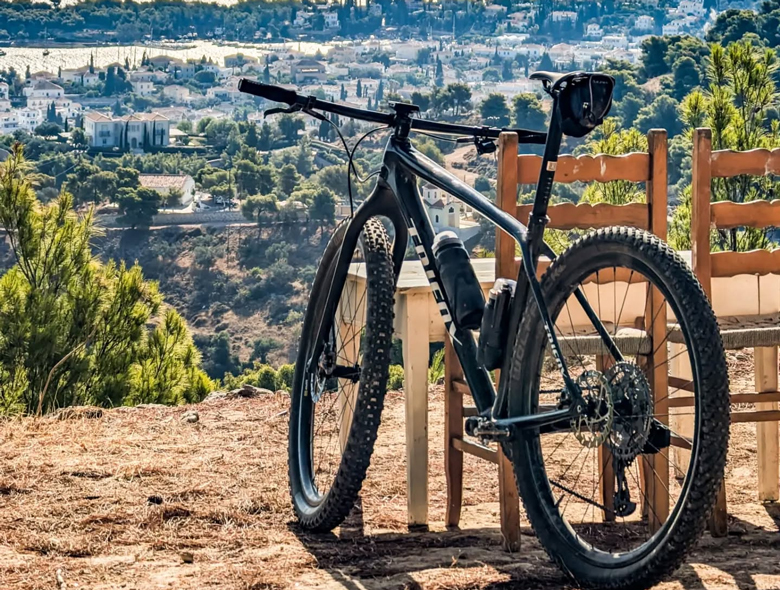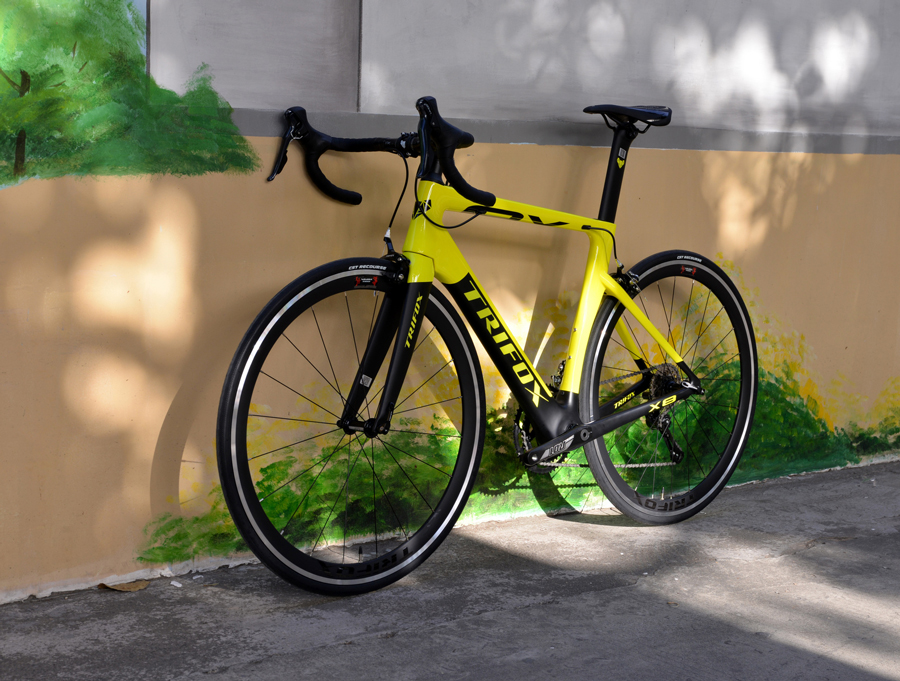A critical yet often overlooked component of a bicycle is the tire valve. The valve serves as the gateway through which air enters your tires, ensuring they are adequately inflated for optimal performance and safety. However, not all valves are created equal. The length of the valve can significantly affect its compatibility with your bike's wheel.
Understanding Valve Types
Before we dive into determining the right valve length, it is important to understand that there are primarily two types of valves: Presta and Schrader. Presta valves are typically found on high-end bicycles and are thinner and longer. Schrader valves are wider, shorter, and are commonly found on car tires and less expensive bikes.
Determining the Correct Valve Length
When it comes to choosing the correct valve length, the depth of your bike's rim is the primary factor you need to consider. Here's a step-by-step guide:
1. Measure the Rim Depth: Use a ruler or a caliper to measure from the outer edge where the tire sits to the inner edge where the valve will go. This measurement is your rim depth.
2. Add an Allowance: To ensure that the valve protrudes enough from the rim for easy inflation, add an allowance to the rim depth. A good rule of thumb is to add 15mm if you're using a hand pump and 5mm for a track pump.
3. Choose the Valve Length: The total of your rim depth and the added allowance is the minimum valve length you should look for.

Tips for Choosing Bike Tire Valves
Here are some additional tips to keep in mind when choosing bike tire valves:
1. Consider Your Pump: Some pumps may not work well with certain types of valves. Ensure the valve you choose is compatible with your pump.
2. Check for Valve Extensions: If you have deep rims and are struggling to find long enough valves, consider using a valve extender. This accessory screws onto the top of a Presta valve to lengthen it.
3. Don't Go Too Long: While it's important to ensure the valve is long enough to inflate the tire easily, a valve that is too long can be cumbersome and may get damaged more easily.
In conclusion, determining the correct length valve for bike tires involves understanding the type of valve, measuring your rim depth, and adding an allowance for easy inflation. By ensuring you have the right valve length, you'll have a much easier time maintaining the correct tire pressure and enjoying your rides.




















































































